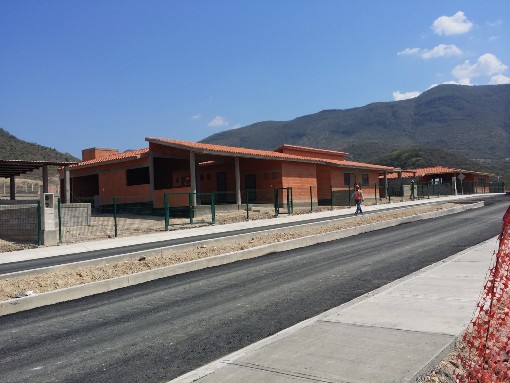I have just been sent a copy of a new Newsletter being put out by Peartree Securities – which reckons to be the largest provider of mining flow-through capital in Canada so knows something about junior mining. While the newsletter theoretically looks at Canadian resources in general it is most relevant to the hugely depressed junior gold sector and could well be being initiated at a most opportune time for investment in this volatile part of the market.
True resource analysts have been calling the bottom in the gold price dip for the past couple of years – and still gold has trended lower. As we have pointed out before, the lower the price falls, though, perhaps also the lower the downside investment risk in percentage terms. Gold has been fairly steady in its current range in US dollar terms of late and while some analysts – notably from the bullion banks – are calling for further falls still, triggered by US Fed interest rate raising forecasts.
We are of the opinion that, even so, any further downside is definitely limited given the likely minimalist rate raising that may be contemplated by the Fed if and when it actually takes place. While holding gold may not generate any interest, rates are still likely to remain in negative territory in real terms after any initial raise – a factor which just doesn’t seem to be being taken into account by the investment sector.


























